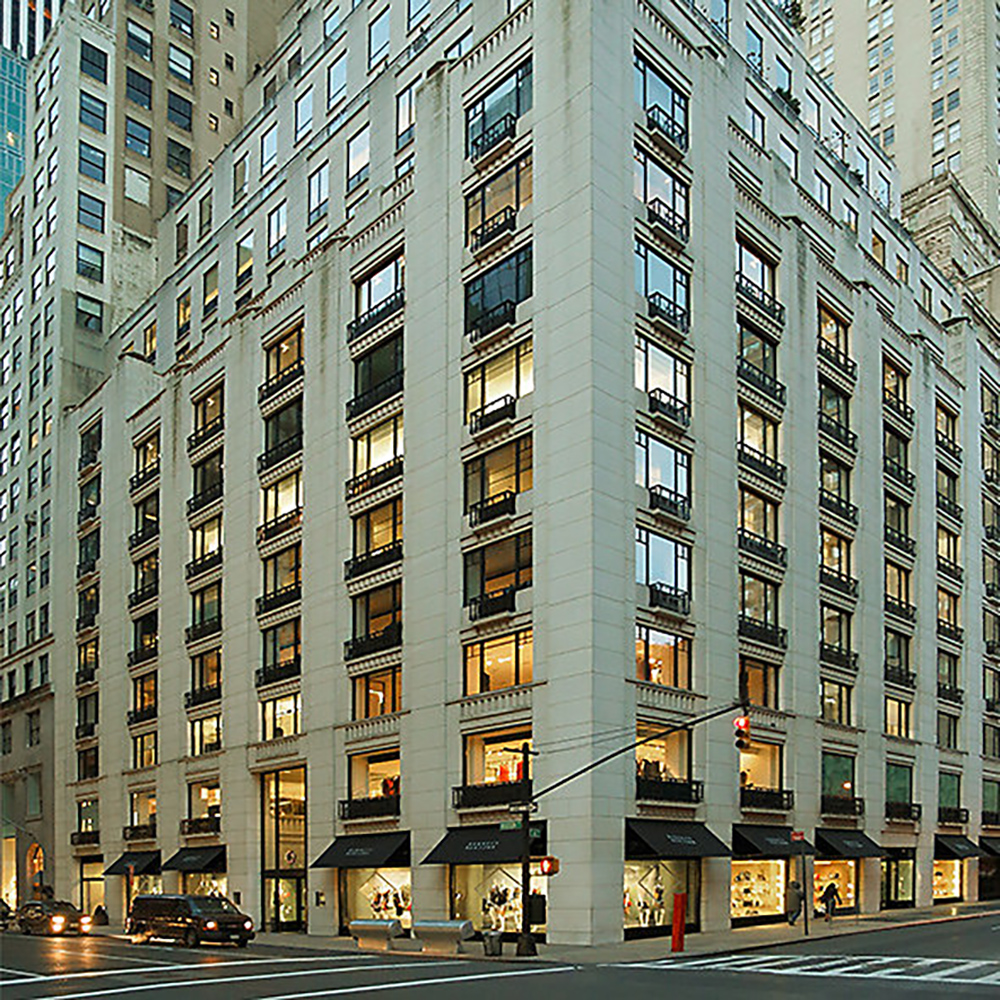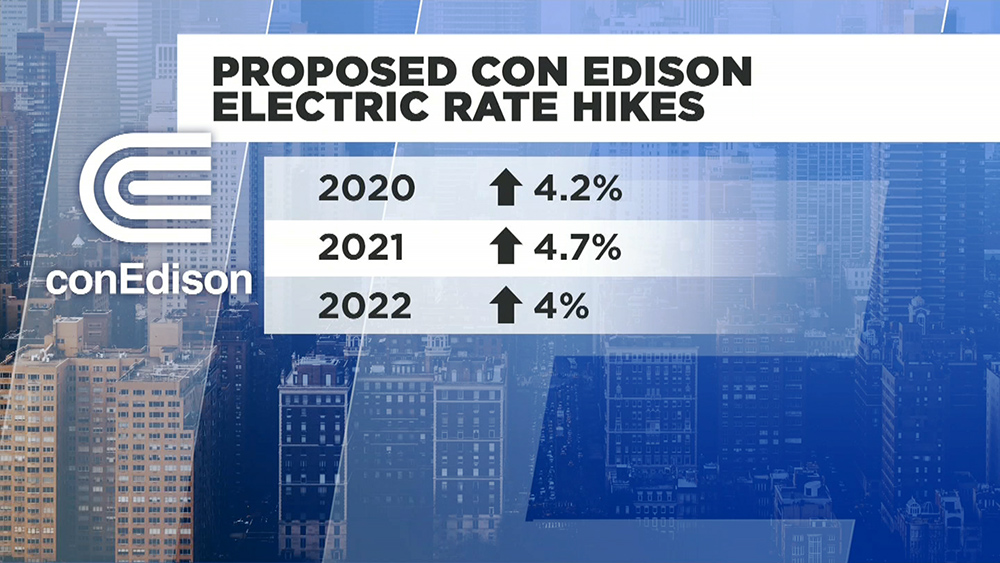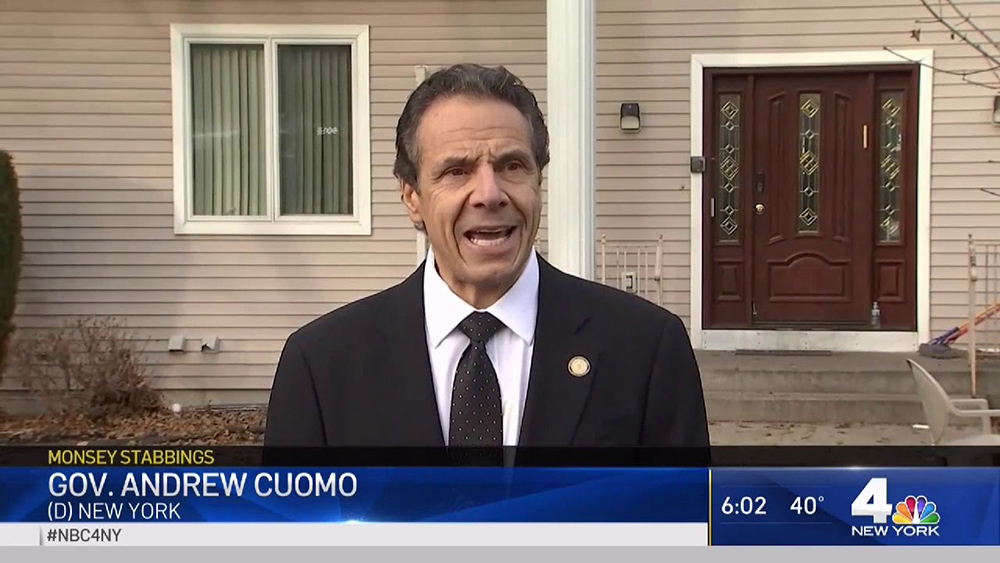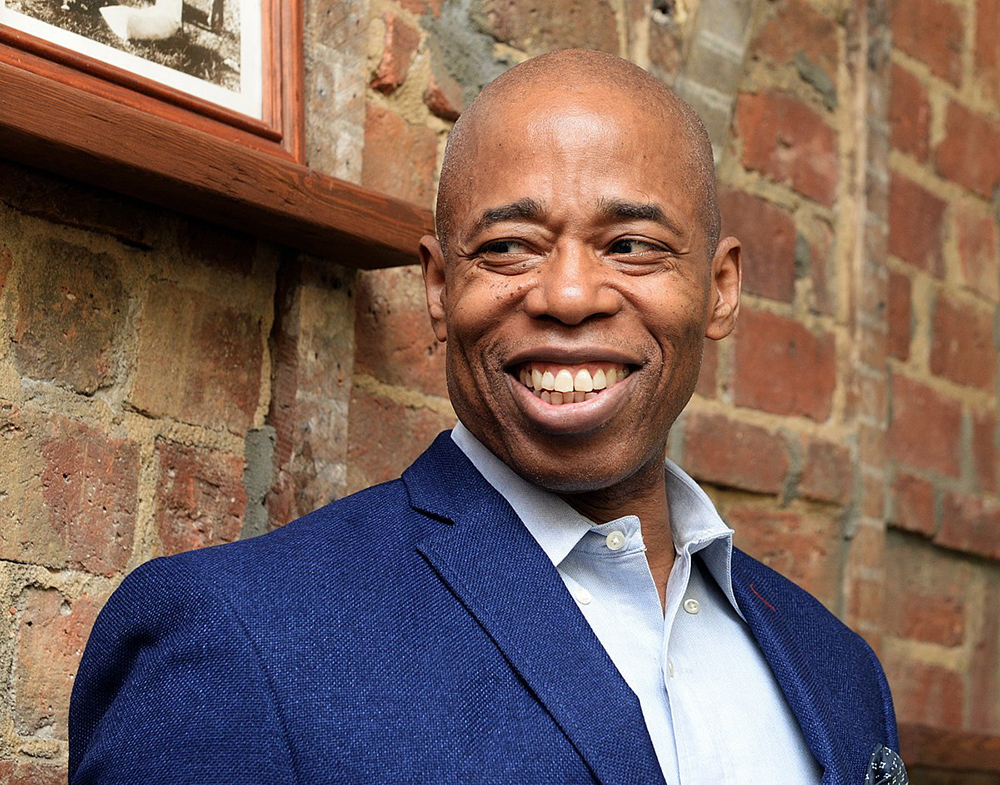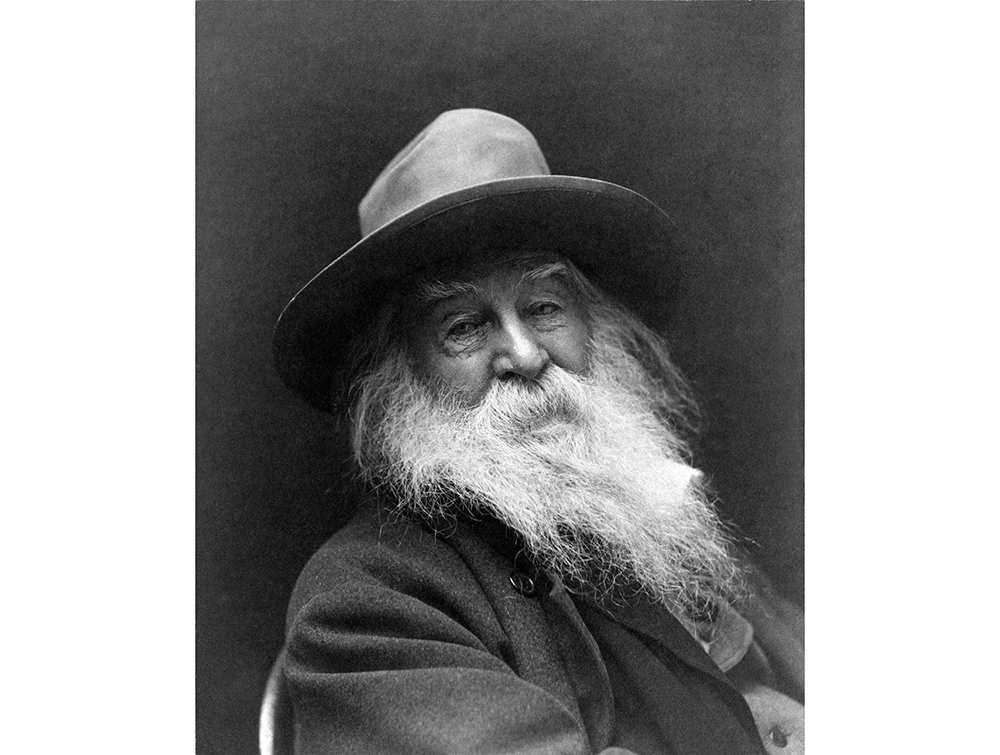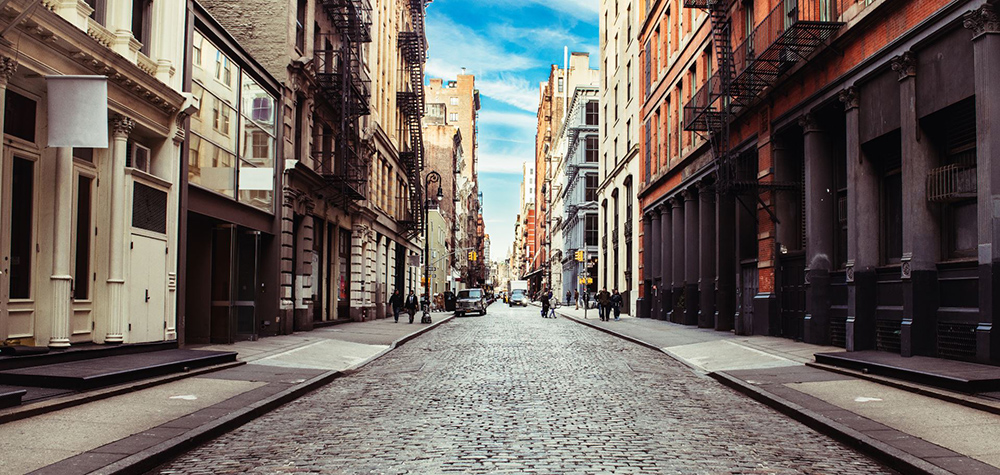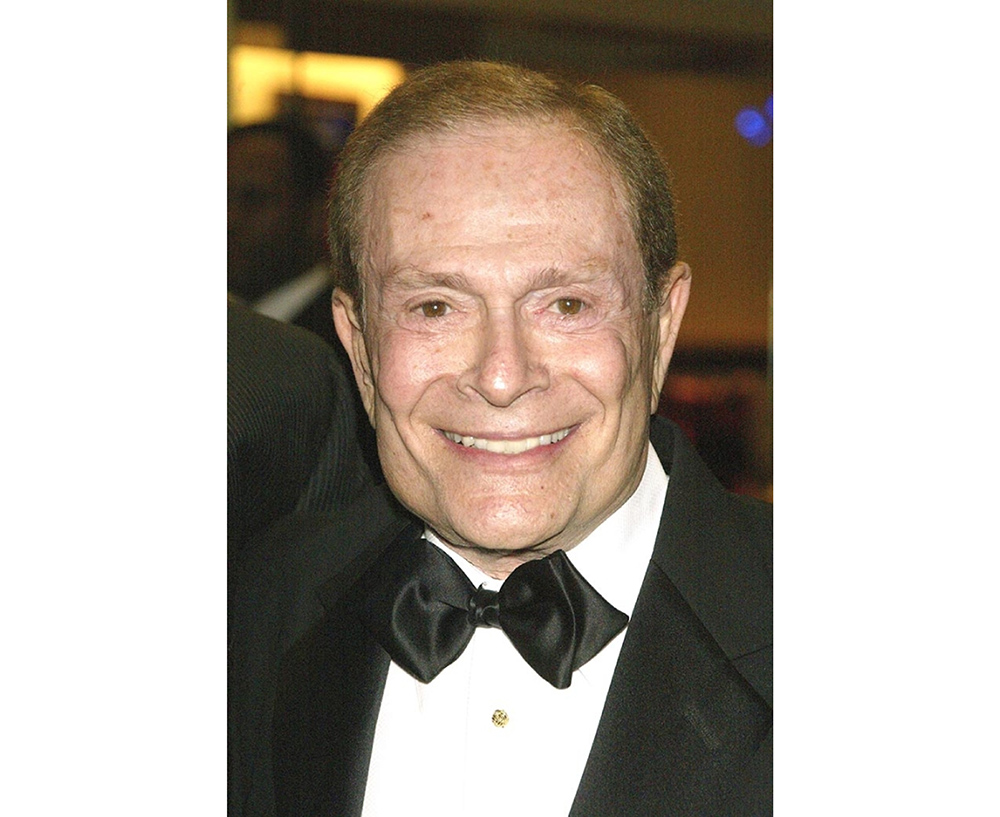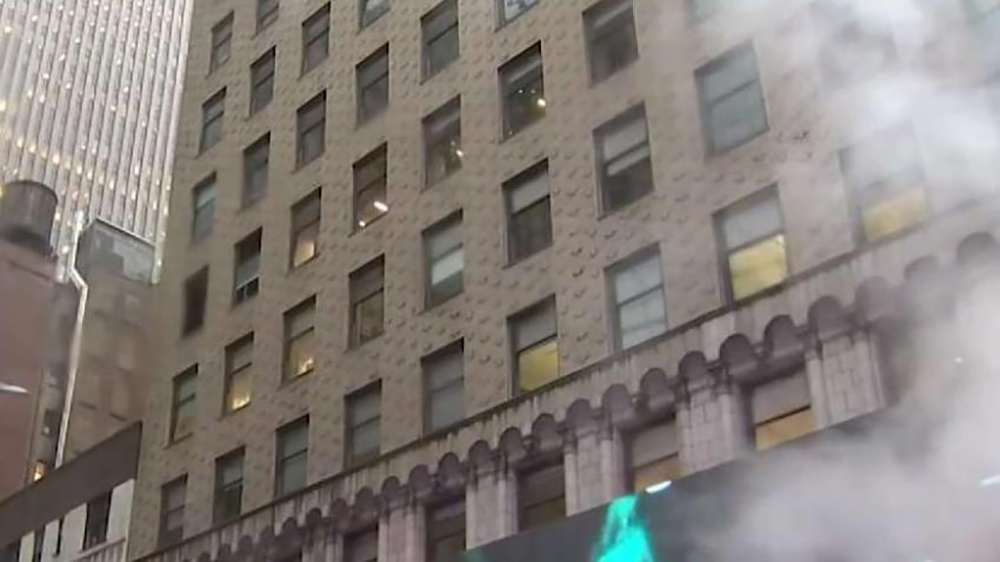By Hadassa Kalatizadeh
Barneys New York, once an esteemed department store that vendors fought to be displayed in, is still severely underwater. Despite being purchased by Authentic Brands Group for $271 million last month, the department store chain is still “massively” insolvent, angry vendors divulged in court papers filed this month. As reported by the NY Post, court documents show that Barneys still suffers from cash flow luxury goods that it is currently selling at deep discounts at its closing sales.
The woeful vendors include top-notch names like Prada, Gucci, Yves Saint Laurent, Celine and Balenciaga. The luxury suppliers will probably get back nothing at all for the goods that Barneys had in its stores right before it filed for bankruptcy on Aug. 6, according to court documents. The vendors expect to get back just 40 cents on the dollar for goods sent to the NYC-based chain after it filed for bankruptcy. “The vendors won’t get anything back on the merchandise that was in the stores on the day they filed,” explained Adam Stein-Sapir, an expert on distressed debt.
“People who are shopping at Barneys now are helping the liquidators and not the vendors who supplied Barneys, many of whom will suffer a meaningful haircut as the company winds down,” added Bradford Sandler of Pachulski Stang Ziehl & Jones LLP, who is representing the creditor’s committee.
Yves Saint Laurent and Balenciaga are poised to lose $2.2 million each. Another $1.8 million is owed to Gucci, and $1.6 million to Prada, court papers show. Vendors are not even the only ones ailing. Fedex, the delivery giant, is owed over $1 million since the bankruptcy filing, and over $2.3 million in pre-bankruptcy claims. Barneys “became deeply administratively insolvent in a short period of time,” said lawyers for FedEx, which may be forced to take a complete loss on the pre-filing debt.
Vexed vendors are now opposing Barneys’ plan to wind down its business and exit bankruptcy, claiming there isn’t enough money to pay them what’s due under bankruptcy law. Most of the $244 million in financing that Barneys received to continue operations, will go to paying off big name lawyers and financial advisers, who charge more than $1000 per hour.
Kirkland & Ellis, the law firm representing Barneys, did not respond to requests for comment from The Post.
“It’s unfortunate that a marquee brand worth almost $1 billion in sales wasn’t able to pay anything to the vendors who made Barneys the brand that it was,” Stein-Sapir said.

